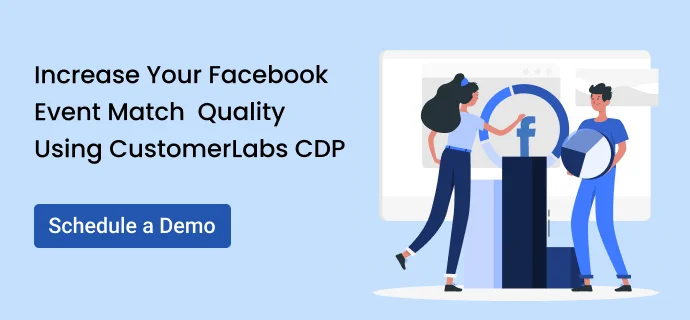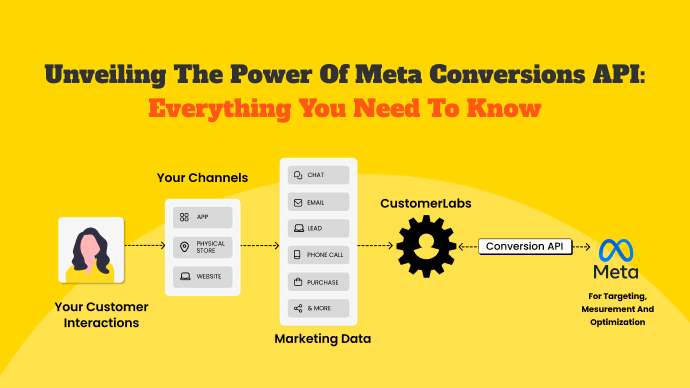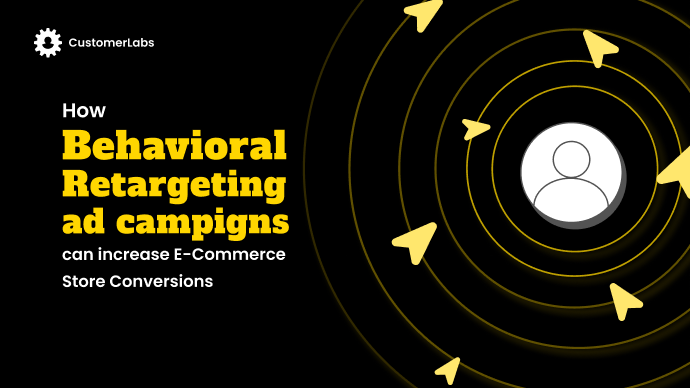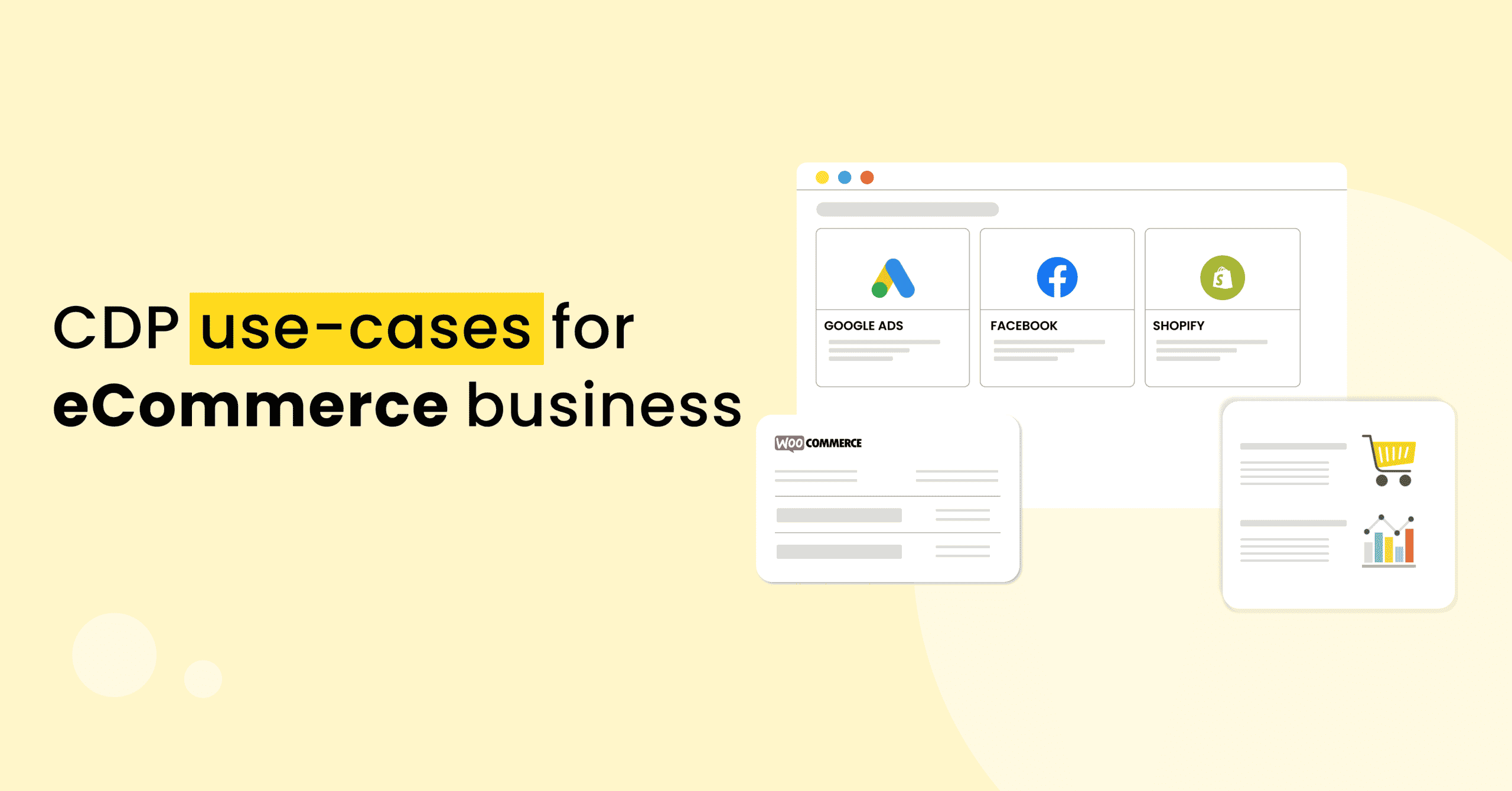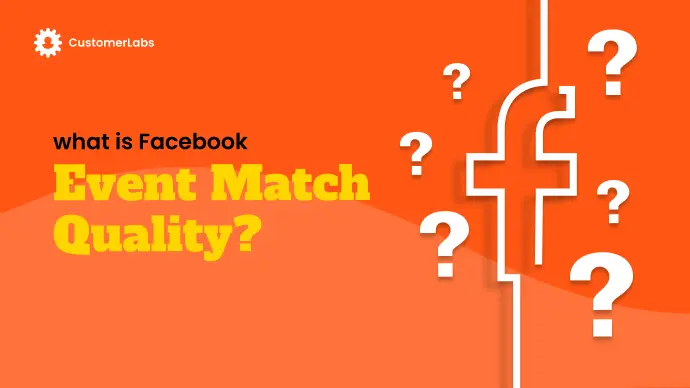
Before diving into Event Match Quality, let’s start with the question, What is an event?
An “Event” is simply a specified action that a visitor performs across all your digital channels such as website, live chat, email marketing tool, etc. Some common examples of user events include form submissions, case study downloads, email opens, and more.
With platform advancements, marketers now have also been able to receive event data not just from their website but also from other cloud apps in their martech stack.
This unified customer data under cloud apps can now be synced with Facebook using server-side API to deliver even more personalized ads on where they are in the buyer’s journey using a CDP.
This brings us to the next question, How effective will this data be?
Facebook has answered this question by introducing Event Match Quality.
What Is Event Match Quality
Event Match Quality indicates how effective the customer information sent from your server is at matching event instances to a Facebook account. High-quality event matching may improve ad attribution and performance.
Types of User Matching Techniques Used in General:
Deterministic matching
Deterministic matching is relatively straightforward because we are certain of the person’s identification. As a result, Facebook can quickly link the ad view and conversion to a particular user.
Probabilistic matching
Matching with probability is a little more difficult. In a nutshell, it refers to assuming, based on statistical modeling, that a particular recognized user is an anonymous visitor. In order to feed the model when a new anonymous user is first noticed, Facebook or any other platform gathers a variety of information about the person’s behavior.
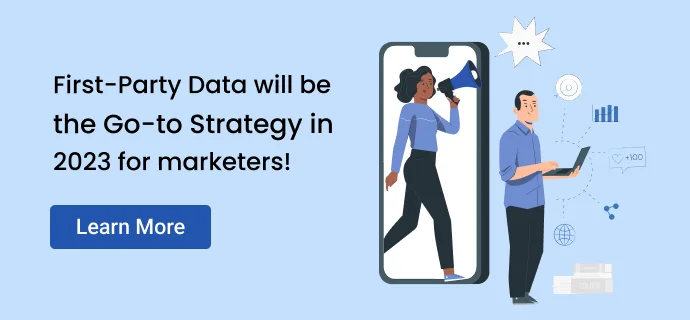
The Rise of Privacy & Its Implications On Event Match Quality:
After the iOS’14 update, Facebook cookies can no longer access information like before. There is an option where users can opt out of third-party tracking. Apps have to seek permission from Apple users to track hold of information.
Prior to iOS 14.5, Facebook used to match your iPhone’s IDFA with your Facebook account in the good old days. This allowed them to link every single advertisement seen to a product bought
In addition to iOS’14, browsers like Google have announced the phasing out of third-party cookies.
These are some of the major factors that led to the decline in event match quality ratings
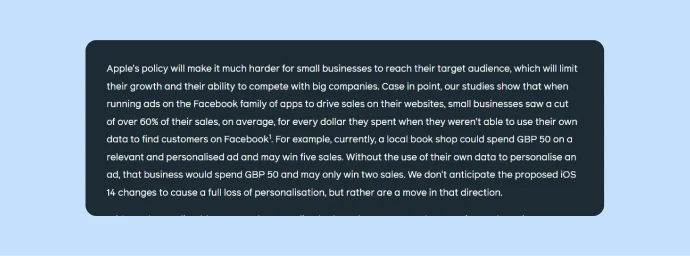
How Event Match Quality Is Calculated
Event Match Quality is calculated by looking at
a. which customer information parameters are received from your server
b. the quality of the information received
c. the percent of event instances that are matched to a Facebook account.
How It Works
Event Match Quality is used to assess whether you’re sending the right customer information to match your events to a Facebook account and whether you’ve set up your customer information parameters correctly.
Customer information parameters help you match your events to a Facebook account so you can attribute conversions to your ads and deliver them to people who are most likely to make a conversion.
You’ll be able to view event match quality by logging into your Facebook Business Manager > Events Manager > Choose Pixel
The event match quality has previously been evaluated using a 10-point scale. Here’s how it looked before
Now, Facebook has changed the event match quality rating into the following four parameters Great, Good, Okay, and Poor. These parameters indicate the effectiveness of customer information parameters you’ve sent to Facebook in comparison to the other advertisers in the same region. In short, Event match quality rates the quality of customer information you share with Facebook.
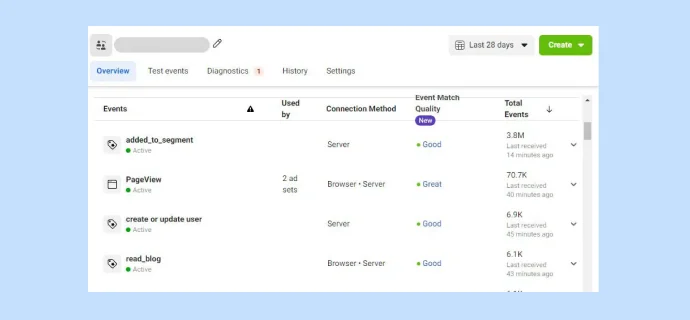
Here’s how Facebook has now defined the event match quality ratings:
- Poor: The customer information you’re sending with your event is ineffective at matching the event to a Meta account.
- Okay: The customer information you’re sending with your event is only somewhat effective at matching the event to a Meta account.
- Good: The customer information you’re sending with your event is effective at matching the event to a Meta account.
- Great: The customer information you’re sending with your event is very effective at matching the event to a Meta account.
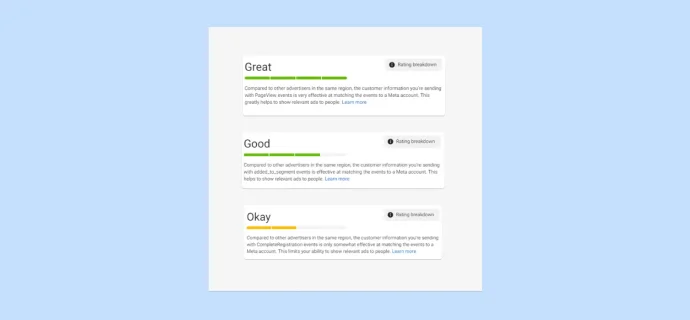
Important: Aim for a good or great rating to get better conversions at a lower cost.
How Can You Improve Facebook Event Match Quality?
The higher the number of customer data parameters for an event shared with Facebook, directly increases the overall event match quality and increases the likelihood of Facebook matching events to the respective Meta accounts
The customer data parameters Facebook utilizes for matching are
- First name
- Last name
- fbp (browser ID)
- fbc (click ID)
- Mobile number
- Facebook login ID
- IP address & user agent
- Date of birth
- Gender
- Address (city, state, postcode, country code)
- Subscription ID
- External ID
Note: Please check the priority of these customer data parameters to help improve your event match quality [EMQ].
Here are the different data that are sent to Facebook.
1. Hashed data – Data is transformed from its original string into a much shorter key. It includes anything that points to a user’s personal details, such as first name and last name, email, phone, birth date, and geographic address.
2. Unhashed data – includes Facebook user ID, user agent, IP address, browser ID (fbp), click ID (FBC).
Note: Personally identifiable information such as email id, date of birth, address, first name, last name, needs to be hashed using SHA256 encryption before sending it to Facebook.
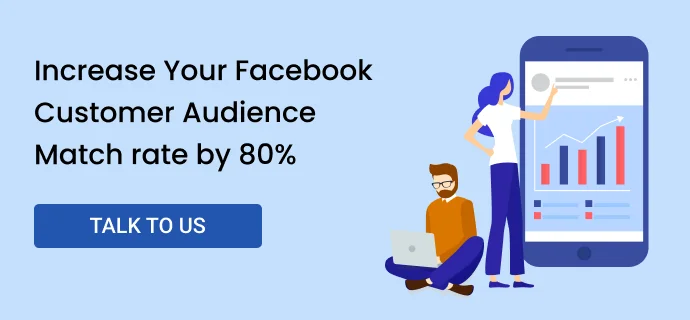
How CustomerLabs CDP Syncs Server-side Events (Conversions API) with Facebook
Once you’ve successfully received event data from your cloud apps, add Facebook as a Destination in the CDP [Setting up Conversions API is as easy as it is said. Just a few toggles on, and that’s it, your CAPI connection is live]. You will now be able to view the entire list of events tracked.
Choose the events that you want to send to Facebook with the flip of a switch.
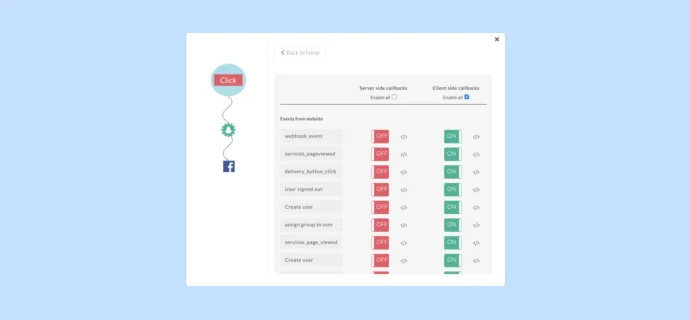
You can access the event data on Meta with all the event, user & account attributes under parameters.
Building Custom Audiences With Server-Side Events
To build targeted user lists on Facebook, go to Audiences > Create Audience > Custom Audience > Website
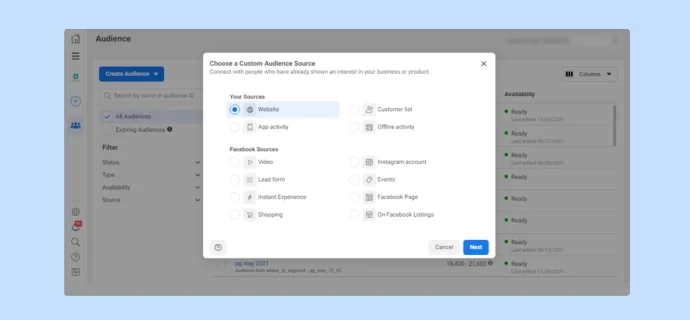
Now build your audience by choosing relevant events & hit Create Audience.
Some Use Cases To Consider Adopting On Your Marketing Efforts
The created custom audience list can be used to,
- Bring in high-quality leads by creating lookalikes of your sales-ready leads. View playbook
- Reduce wasted ad spend by creating an audience with all your junk leads and using them as a suppression list. View playbook
- Re-engage cold prospects with highly personalized retargeting messages
Takeaways
Prior to CAPI, Facebook Meta used cookies that were saved in the user’s browser to link events and users. These are the two primary cookies that Facebook uses, and you may have heard of them by the names “fbp” or “fbc.” These cookies held the precise Facebook account ID of the user.
Now, after the impact of the iOS’14 update and privacy laws,
- Attribution is a constantly tough process
- There is Inaccuracy in the attribution of leads and conversions.
- It affects the marketing budget, choices, and successful techniques, after all.
